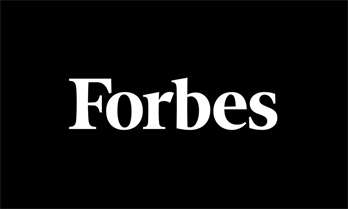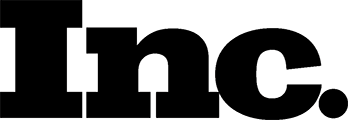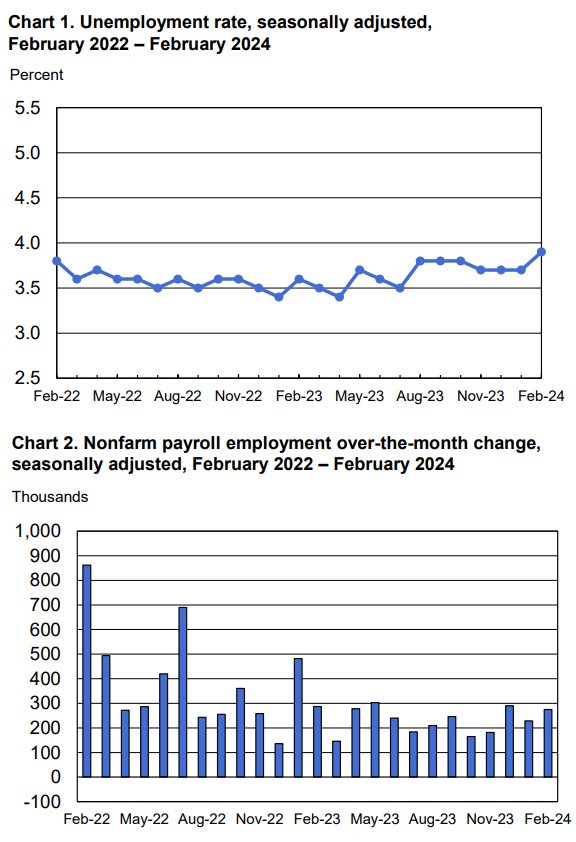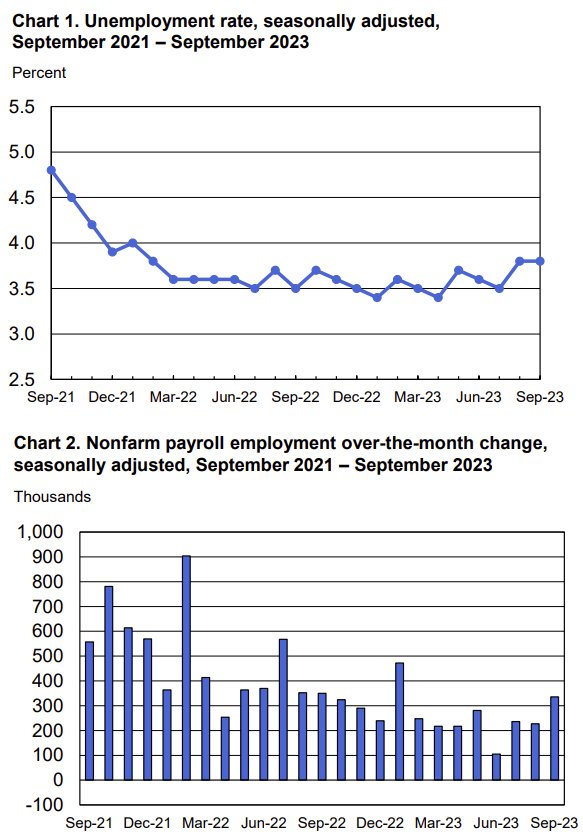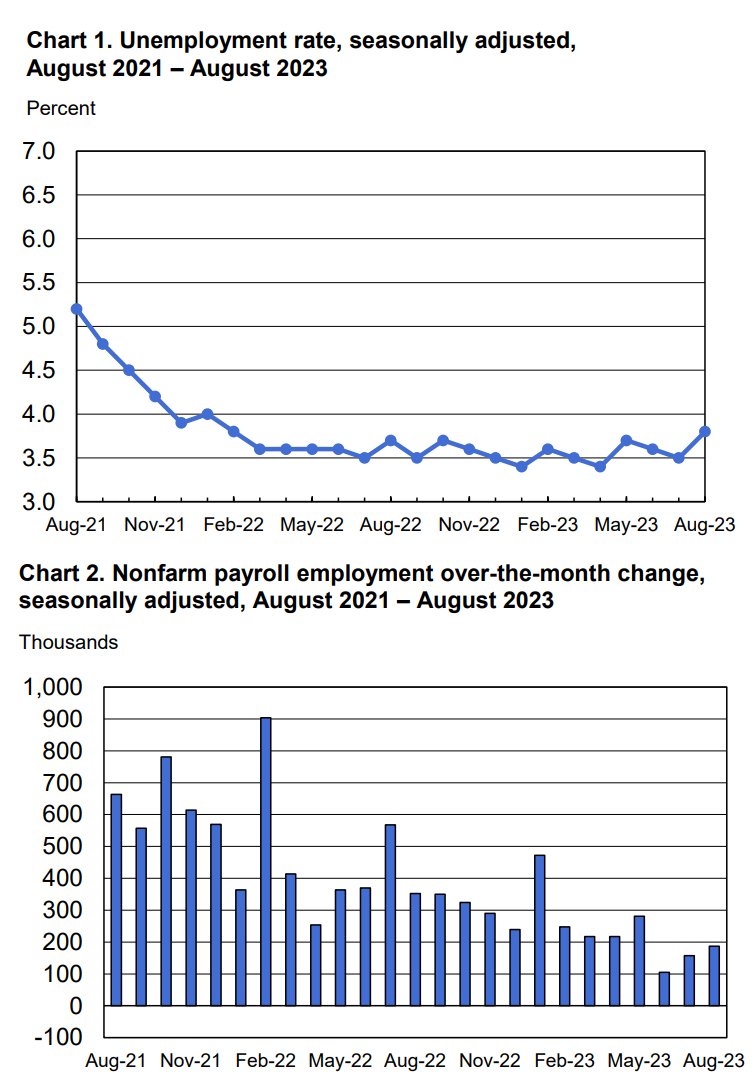'SHIFT Report - Trending Topics in the World of Work_ (April 2024)
/Our April issue of SHIFT examines the shift away from long-term employment; identifies the world's most influential CEOs in 2024; looks at the high demand for labor in the construction industry; and explores the workforce trends leaders are following this year.
Job for life? Not anymore.
The shift from stable, long-term employment and single-employer careers to a world where frequent job changes are the norm comes directly from globalization, rapid technological advancements and the changing ideas about work.
Career paths have become fluid and multi-directional. It’s no longer just about climbing the corporate ladder and getting a regular paycheck; it’s about exploring different paths, switching jobs and industries and sometimes even venturing into freelancing and the gig economy.
Jump to Article > >
The World's Most Influential CEOs of 2024
Brian Moynihan, Chairman and CEO of Bank of America, has topped the global ranking of the world’s best CEOs across all industries for 2024, according to CEOWorld Magazine. Jamie Dimon, Chairman and CEO of JPMorgan Chase, has secured the second spot, followed by Amin H. Nasser, CEO of Saudi Aramco, at No. 3, Darren W. Woods, CEO of Exxon Mobil, at No. 4, Satya Nadella, CEO of Microsoft, at No. 5, and Tim Cook, CEO of Apple, at No. 6. The CEO of Shell, Wael Sawan, has been ranked seventh among the world's top 10 best CEOs and business executives for 2024. Akio Toyoda, who leads Toyota Motor, has been ranked eighth. Liao Lin of the Industrial and Commercial Bank of China and Kyung-Kye Hyun, the chief executive of Samsung Electronics, hold the ninth and tenth positions.
Jump to Article > >
2024 Construction Workforce Shortage Tops Half a Million
The construction industry will need to attract an estimated 501,000 additional workers on top of the normal pace of hiring in 2024 to meet the demand for labor, according to a proprietary model developed by Associated Builders and Contractors. In 2025, the industry will need to bring in nearly 454,000 new workers on top of normal hiring to meet industry demand, and that’s presuming that construction spending growth slows significantly next year.
Jump to Article > >
Workforce Trends Leaders Are Following This Year
Thanks in part to what some are calling a forever labor shortage, more employers will turn to skills-based hiring, according to Forbes. The pandemic left a permanent mark on hiring trends, leading companies to look toward alternative solutions when it comes to growing their staff. Whether it’s the newer generations’ shift in workplace values, or job seekers finding other means to upskill rather than relying on secondary education, companies will need to adapt to the ever-changing workforce landscape.
Jump to Article > >
The Trevi Group | “Executive Search for Technology Professionals” | www.TheTreviGroup.com
#thetrevigroup #recruitingtrends #informationtechnology #employmenttrends #jobmarket #hiringtrends










